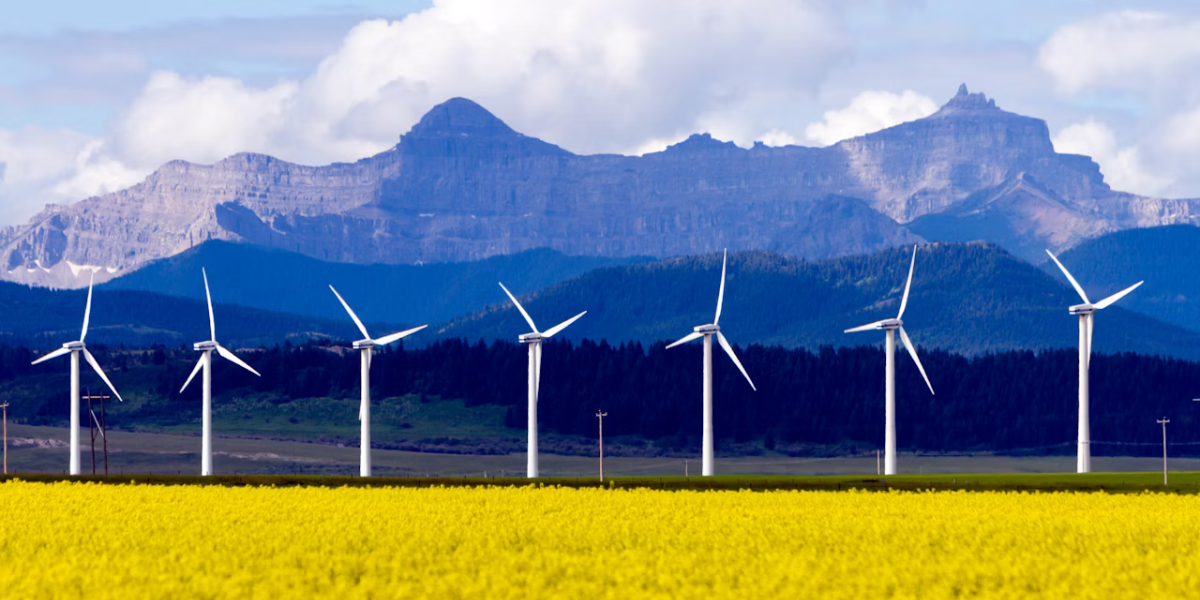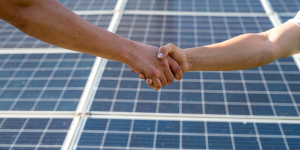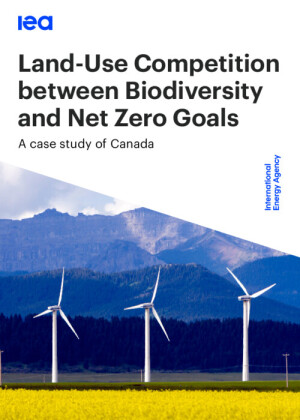Renewables, Biodiversity and Land Use: The IEA Model for Harmonious Development
The IEA's REALM model helps plan renewable energy development in a way that is compatible with biodiversity conservation, as demonstrated by the Canadian case study.

Image source: IEA
Achieving climate and environmental goals by 2030 will require strategic and integrated land use management. With growing demand for renewable energy and minerals essential for the transition, the risk of conflict with areas of high biodiversity is increasing.
To address this challenge, the International Energy Agency (IEA), in collaboration with Natural Resources Canada, has developed the REALM model: a tool that maps the overlaps between renewable resources, mineral areas and habitats to be preserved, supporting governments and developers in sustainable land planning globally.
REALM: A model to prevent conflicts between energy transition and environmental protection
The REALM (Renewable Energy and Land Use Model) model was created to address one of the most urgent challenges of the ecological transition : balancing the development of renewable energy with the protection of biodiversity and land management.
The system integrates 15 global geospatial datasets that include the distribution of solar, wind and mineral resources, overlaying them with biodiversity maps and land use designations. In this way, REALM allows to identify areas where it is possible to develop energy projects while minimizing environmental conflicts .
Although it does not impose regulatory constraints, the model provides valuable decision support for governments, local authorities and private developers, helping them to plan strategically and avoid harmful overlaps. Canada represents the first practical case study : thanks to its vast availability of data and the variety of its ecosystems, it was possible to test the effectiveness of the model in a real context.
REALM allows, for example, to avoid development in territories with high biodiversity or to identify mineral deposits compatible with conservation. It is a tool that can be replicated at a global level, particularly useful in contexts where integrated land planning tools are lacking.
The Canadian Case: Renewables and Biodiversity Can Coexist
In Canada, balancing renewable development, mining and biodiversity conservation is already a real challenge. To reach net-zero emissions goals by 2050, the country will need to install more than 130 GW of new solar and wind capacity , requiring about 15,000 km², or 1% of eligible land.
In parallel, the expansion of mining activities for the transition will require new mining areas, many of which overlap with areas of high biodiversity.
However, the REALM model analysis shows that it is possible to preserve the most sensitive areas without compromising energy development . About 30% of known mineral resources do not concern ecologically critical territories and over 1 million km² of highly biodiverse areas do not overlap with major deposits or wind and solar potential.
Pre-environmental assessment tools, incentives for brownfield development and co-location strategies with agriculture can further reduce pressure on land. The main challenge remains to direct future development away from ecological hotspots, integrating nature protection into national energy policies.
Read the IEA report by clicking on the image below!
Available documents
Related Focus




